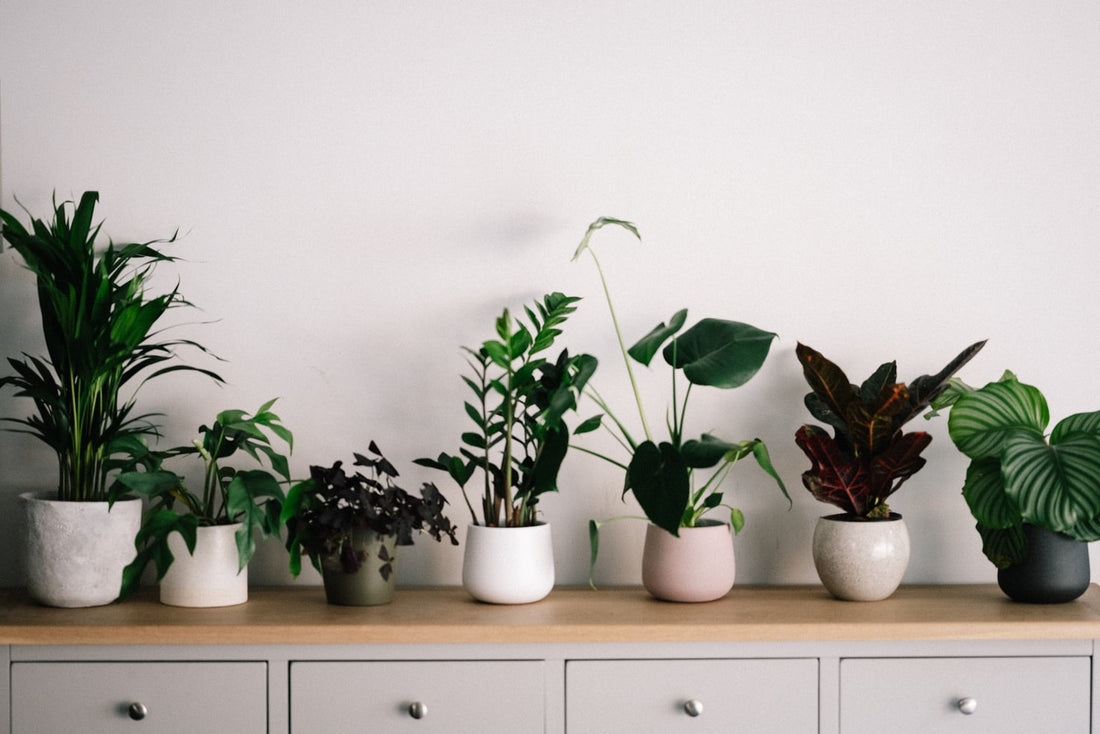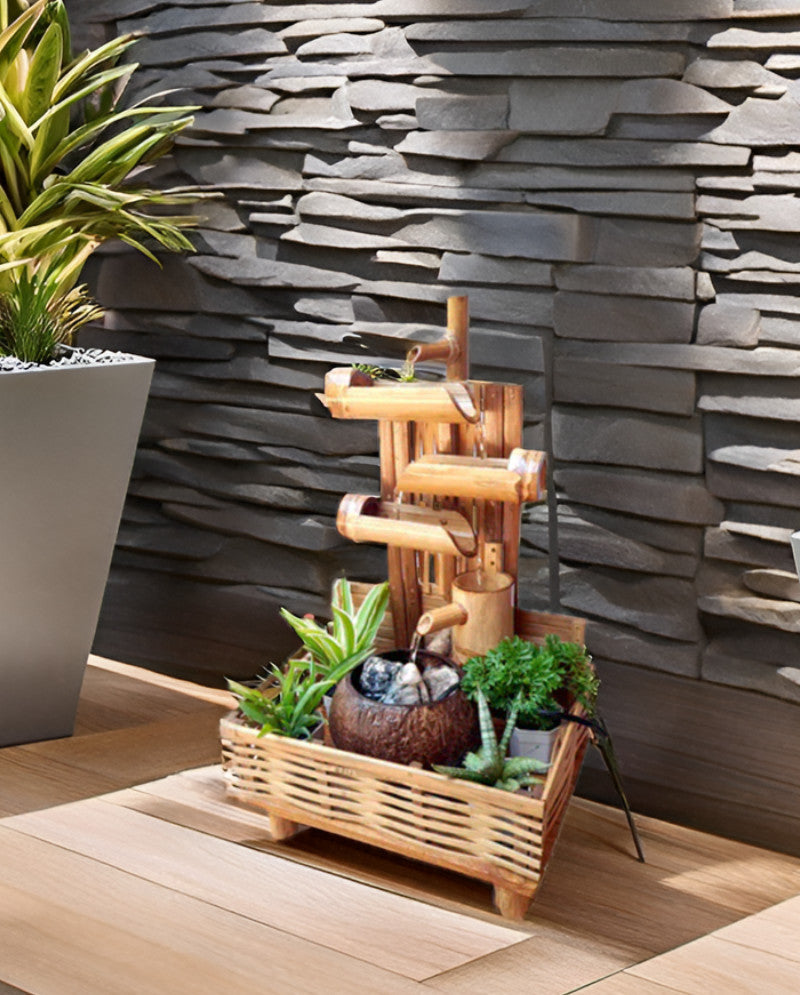
TOP 10 INDOOR AIR PURIFYING PLANTS
We spend a lot of time indoors, making healthy indoor air quality a top priority. An oft-cited NASA Clean Air Study from 1989 found that some indoor plants can reduce indoor air pollutants, including formaldehyde.

Houseplants refresh and revitalize our interiors by reducing indoor air-pollution.
Some of the houseplants which detoxify our indoor environment are:
ENGLISH IVY

This easy-growing perennial vine is particularly effective at reducing airborne fecal particles which makes it the perfect air purifying plant for your bathroom or en suite. In addition, studies have shown that ivy can also help combat mold levels in the home.
Bamboo Palm

Since the bamboo palm, or reed palm, prefers part sun or shade, it makes a great houseplant with the added benefit of aiding in the removal of harmful elements such as benzene and formaldehyde.
Philodendron

The heart-shaped philodendron is a luscious addition to indoor spaces. Philo’s are relatively easy to look after they just need moderate water and bright, indirect sunlight.
Snake plant

. With this plant in your bedroom, you're in for a great night's sleep. Also known as Mother-in-Law's Tongue, this yellow-tipped succulent releases oxygen at night, helping you to breathe better while sleeping. It is one of the best plants for filtering the air of formaldehyde, xylene, benzene, toluene, and trichloroethylene.
Chinese Evergreen

The Chinese evergreen is an easy-care plant that thrives in low to medium light. It generally grows to 1 or 2 feet. Though it helps to maintain the healthy air quality in the home, it is important to note that the Chinese evergreen contains an irritant that can be toxic to pets.
Dragon Tree

With a leaf color that ranges from green to purple, this plant would be a gorgeous addition indoors or outdoors. It would also fit right in at the office, as it can tolerate low light.
Spider Plant

Spider plants are the perfect choice for newbies and those with a bad track record when it comes to plants. They thrive in indirect sunlight and survive in just about any condition (they’ve been known to survive in temperatures as low as 2 degrees). Spider plants also send out shoots of baby spider plants called spiderettes.
Pineapple Plant

A recent study by NASA revealed that pineapple plants can actually put an end to snoring. Whilst they don’t remove any toxins from the air NASA claims that “pineapple plants produce oxygen and boost air quality at night which could improve sleep quality and cut out those snores.” These plants are very hardy and survive with very little water but are careful they are no match for frost they hate the cold.
Aloe vera

A healing aloe plant is a lovely addition to your kitchen windowsill, as it loves a sunny spot. While being on hand to soothe any kitchen burns, this succulent will be purifying the air of formaldehyde and benzene, found in varnishes, floor finishes, and detergents.
Rubber Tree

Rubber trees have been shown to absorb and break down harmful chemicals in the air. Their large, glossy leaves also take in the carbon dioxide we exhale and convert it to oxygen. Grow them in well-drained potting soil, water regularly and apply liquid fertilizer when they're actively growing.

